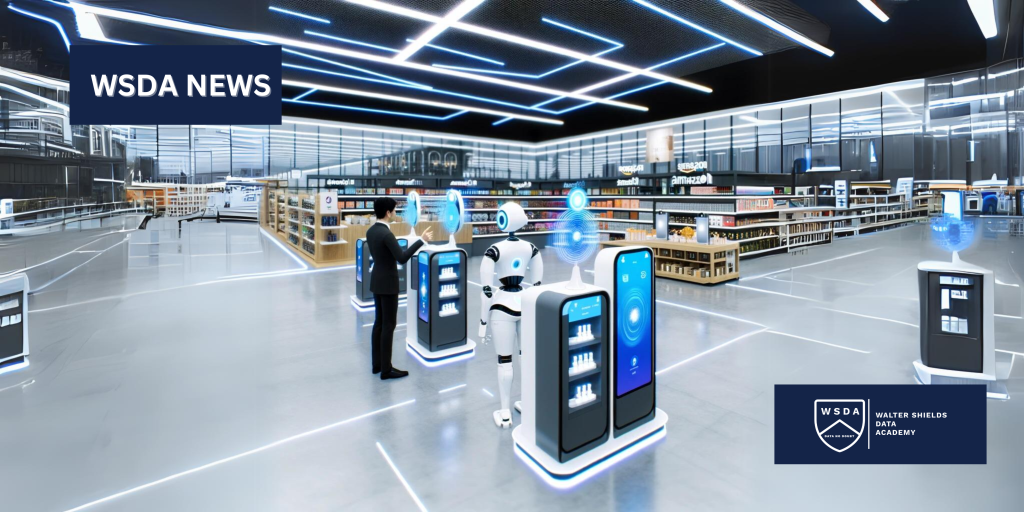The Hidden Human Touch in Amazon’s AI Magic

In the realm of artificial intelligence (AI), the line between the cutting-edge and the human touch is often blurred. This week, a revelation about Amazon’s Just Walk Out technology peeled back the curtain on the not-so-magical truth that has rumbled beneath the surface of AI’s facade: the reliance on human intervention.
Amazon’s Just Walk Out technology, hailed for its ability to allow customers to simply grab items and leave without the hassle of a traditional checkout process, turns out to be less about the machines and more about the people behind them. Reports have unveiled that over 1,000 individuals in India were tasked with watching and labeling video footage to ensure the accuracy of this checkout technology. While Amazon touts its system as a marvel of “computer vision, sensor fusion, and deep learning,” the reality is that these AI systems still require a significant human touch to function correctly.
This revelation about Amazon is not an isolated case but rather a glimpse into a broader trend where companies leverage the allure of AI while quietly depending on armies of human workers to fulfill tasks. The Mechanical Turk, an 18th-century invention that appeared to play chess through mechanical workings but was actually operated by a person hidden inside, finds its modern counterparts in various sectors of the tech industry.
For instance, Facebook’s virtual assistant M and the meeting-scheduler x.ai both relied heavily on human intervention despite being marketed as AI-driven. Similarly, Builder.ai, despite its name, depended on software developers rather than solely on artificial intelligence for app development. These examples highlight a prevalent issue in the tech world: “AI washing,” or the tendency to exaggerate the capabilities of AI technologies.
The practice of AI washing isn’t just misleading; it can have profound implications. Beyond the ethical concerns of misrepresentation, there’s the worry about privacy and the exploitation of low-wage workers who prop up these AI systems. The hidden labor force behind these technologies often works in conditions that raise questions about fairness and transparency.
Regulators are beginning to take notice. Recent actions by the U.S. attorney for the Northern District of California and the Securities and Exchange Commission signal a growing awareness and willingness to address misleading claims about AI capabilities. These measures are a step in the right direction toward ensuring honesty and accountability in the portrayal of AI technologies.
The fascination with AI often stems from its promise to perform tasks with a level of efficiency and precision that seems almost magical. However, when the veil is lifted, and the human effort required is revealed, it challenges us to reconsider our perceptions of AI. It’s a reminder that behind every seemingly autonomous system, there’s a network of human intelligence making it all possible.
While AI continues to evolve and improve, it’s crucial for companies to be transparent about the role of human labor in their technologies. Acknowledging the blend of human and machine efforts not only fosters trust but also highlights the collaborative potential of humans and AI working together. After all, the true magic of AI isn’t in its ability to replace human effort but in its capacity to augment and enhance our capabilities.
Data No Doubt! Check out WSDALearning.ai and start learning Data Analytics and Data Science Today!

